Weed is known for its wide range of effects—some people feel energized and creative, while others feel relaxed or even spaced out. So, is weed a stimulant or depressant? Or does it fall into a completely different category?
The truth is, cannabis doesn’t fit neatly into just one box. It can act like a stimulant, a depressant, or even a hallucinogen, depending on the strain, dosage, and your body chemistry. In this article, we’ll break down what each category means, how weed fits (or doesn’t), and why its effects can vary so much from person to person.
Before we can answer the question “is weed a stimulant or depressant”, it’s important to understand what each of those categories actually means in terms of how they affect the brain and body:
Now that we’ve defined the basic categories, let’s take a closer look at how cannabis fits into (or defies) each one.
Here’s where things get interesting. If you’ve ever used cannabis and felt your heart race, your thoughts speed up, or a burst of creative energy—those are classic stimulant effects. But if you’ve used it and felt sleepy, calm, or deeply relaxed—those are clearly depressant effects.
So, is weed a stimulant or depressant? Technically, it can be both.
Low to moderate doses of certain strains—especially those high in THC and low in CBD—can act as stimulants, increasing energy and alertness. However, higher doses or indica-dominant strains often lead to the opposite: a slowed-down nervous system, muscle relaxation, and even sedation.
That’s why some people use cannabis during the day to stay focused or uplifted, while others use it at night to unwind or fall asleep. The effect depends on the plant’s chemical profile and how your body processes it.
In some cases, yes—especially at high doses or with potent THC-rich strains. While cannabis doesn’t usually cause full-blown hallucinations like LSD or psilocybin, it can produce mild hallucinogenic effects such as altered perception of time, heightened senses, or even visual distortions.
These effects are more likely to occur in:
Because of this, some experts categorize cannabis as having hallucinogenic properties in certain contexts. That said, most users won’t experience intense psychedelic effects—unless the dose is unusually high or their sensitivity to THC is strong.

Unlike most substances that neatly fit into one drug category, cannabis interacts with a unique internal system called the endocannabinoid system (ECS). This system helps regulate a wide range of functions—mood, appetite, pain, sleep, memory, and more.
When you consume cannabis, its compounds (especially THC and CBD) bind to ECS receptors in the brain and body, triggering different effects depending on the dose, strain, and individual biochemistry.
This is why weed can act like a stimulant, depressant, or hallucinogen—and sometimes a little bit of all three. One person might feel euphoric and energized, while another feels sedated or mentally foggy. It’s not just about the plant, but also about the person using it.
That’s what makes answering questions like “is weed a stimulant or depressant” so tricky—it simply depends.
To understand whether weed will act more like a stimulant, depressant, or hallucinogen for you, it’s important to consider a few key factors:
So when asking is weed a stimulant or depressant, you also have to ask: how are you using it, and what kind of experience are you looking for?
From a medical standpoint, cannabis is incredibly versatile. It’s prescribed for a wide range of conditions—including chronic pain, anxiety, epilepsy, and insomnia—which reflects its ability to act as both a stimulant and a depressant, depending on the context.
However, despite its growing acceptance, cannabis remains classified as a Schedule I substance under U.S. federal law—meaning it’s officially considered to have no accepted medical use and a high potential for abuse. This classification is controversial and doesn’t reflect the current scientific understanding or its use in medical programs across many states and countries.
Some doctors see cannabis as a useful alternative to traditional medications, particularly when patients want to avoid side effects from opioids or benzodiazepines. Still, the medical community emphasizes caution—especially for people with underlying mental health conditions or heart problems.
So, while the law might not answer the question “is weed a stimulant or depressant” directly, it does reflect the ongoing debate about how cannabis should be classified and used responsibly.
So, is weed a stimulant or depressant? The answer isn’t black and white. Depending on the strain, dosage, and individual response, cannabis can produce stimulating, sedating, or even mildly hallucinogenic effects.
This versatility is part of what makes cannabis both fascinating and complex. For some, it boosts energy and creativity; for others, it brings calm and relaxation. And for a few, it might blur the lines between perception and reality.
Understanding how cannabis works in your body is key to using it safely and effectively. Whether you’re seeking relief, focus, or relaxation, the more informed you are, the better your experience will be.
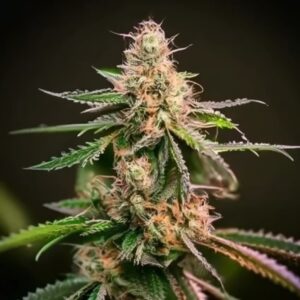

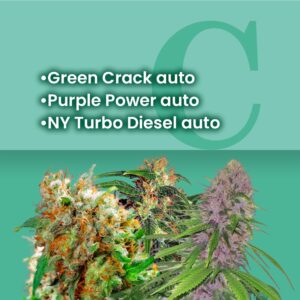
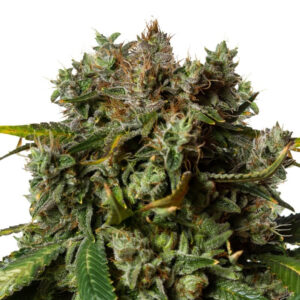

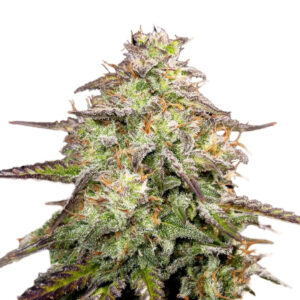
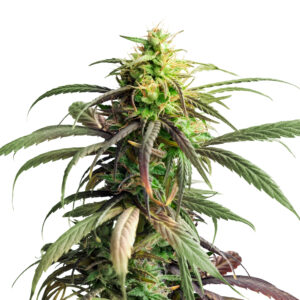






Related Posts
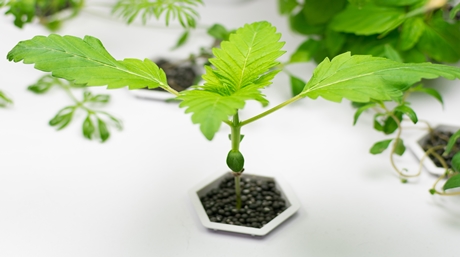
Every grower will have their own opinion and will swear that their method is the best. By providing you with the facts, pros, and cons of both methods you will be able to decide which method works best for you.
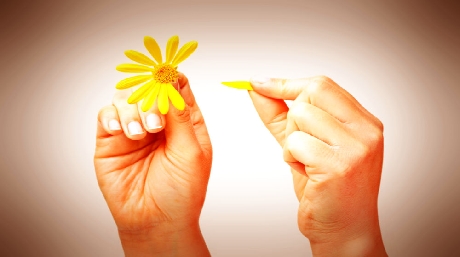
Defoliation is a technique used by expert growers as a way to increase the overall yield of their harvest, though it comes with a whole array of risks and so should only be used by people who really, really know what they are doing. a rundown on what defoliation is
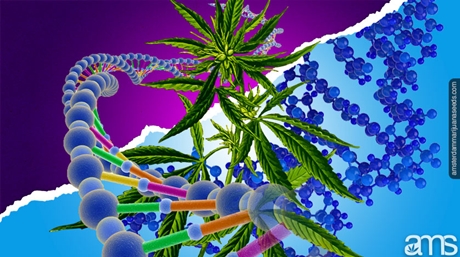
Discover a game-changing, revolutionary technique for cannabis breeding: polyploidy! It is opening up new possibilities of genetic modification in Cannabis.